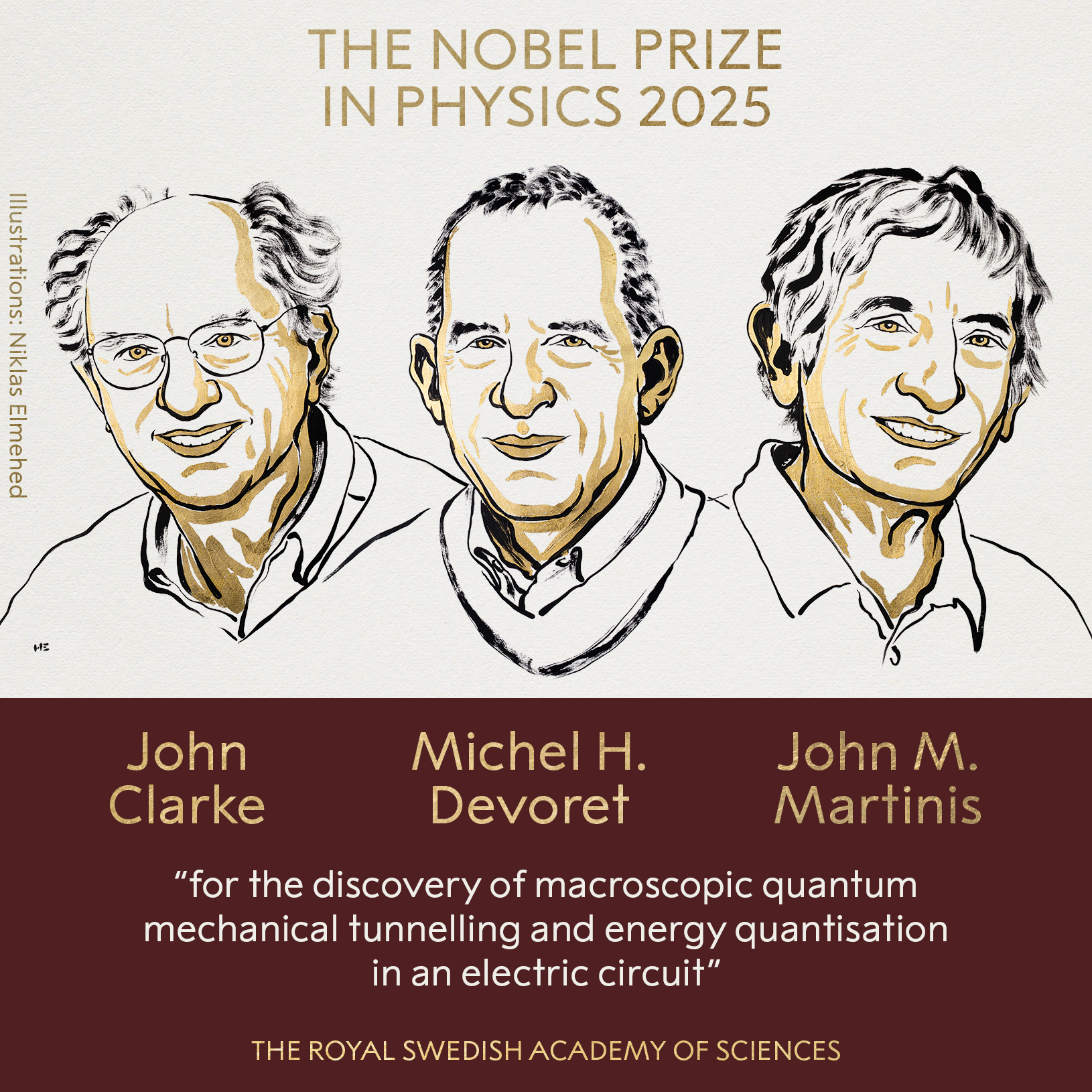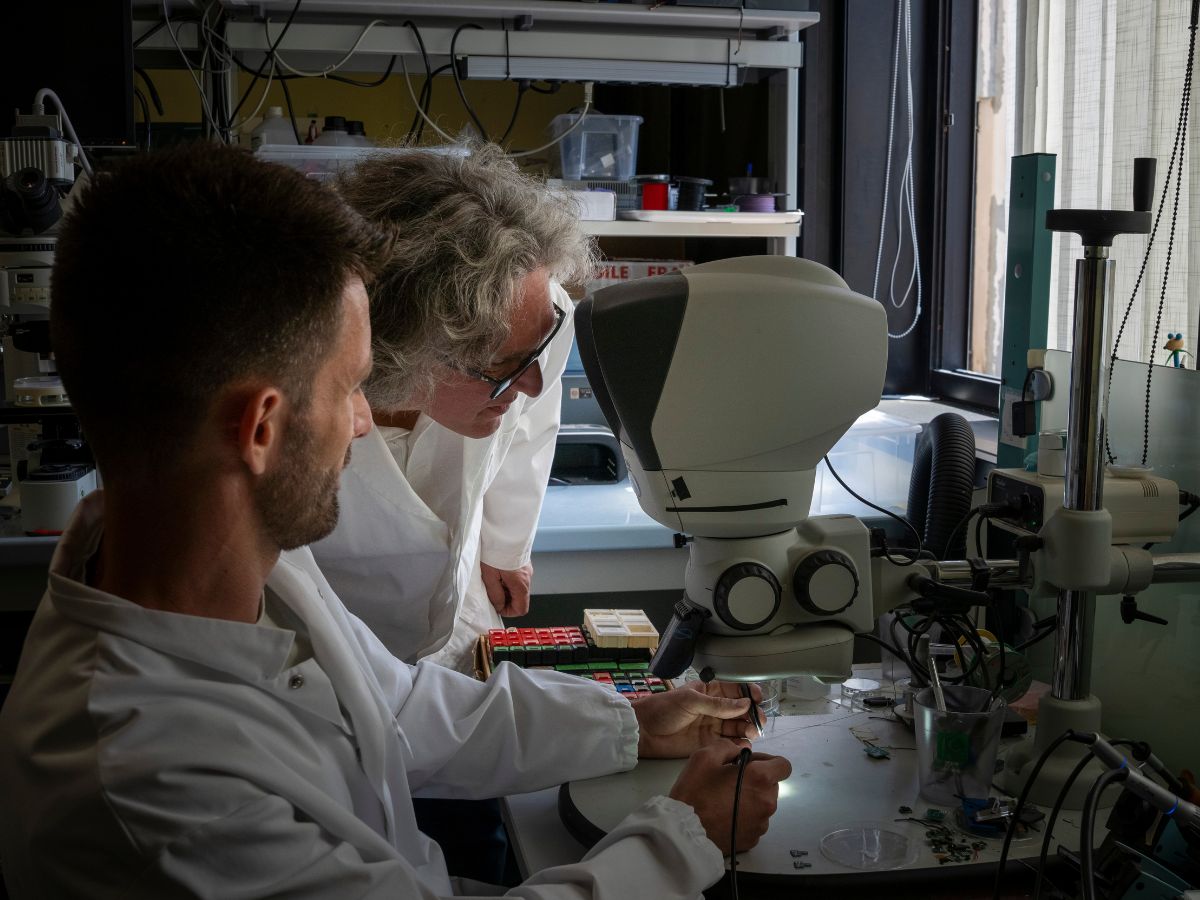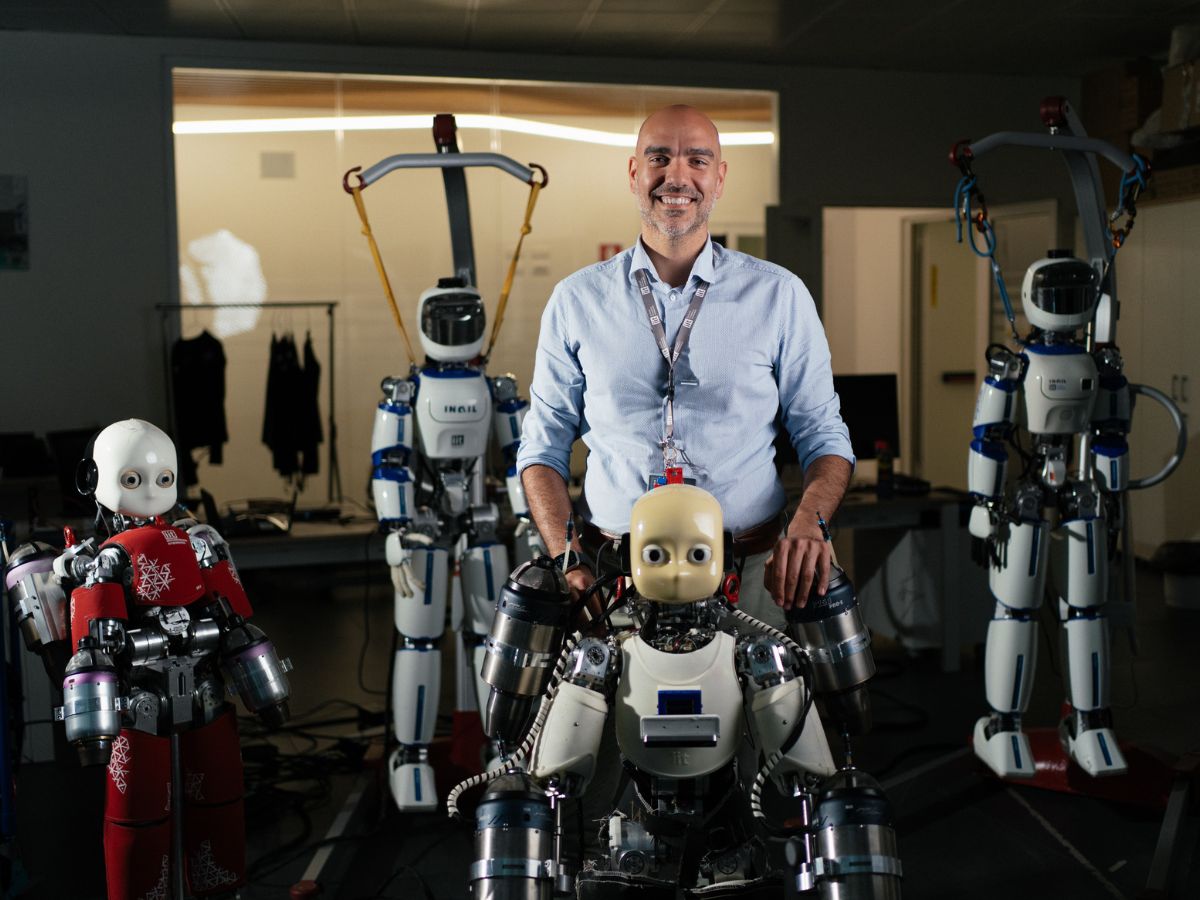By Camilla Coletti, PI 2D Materials Engineering – Coordinator Center for Nanotechnology Innovation (CNI@NEST), IIT
There are moments in the history of science that mark a clear before and after. The birth of quantum mechanics in 1925 was one of those epic moments: it changed the way we understand reality forever.
But what, in the end, is quantum science?
Quantum science studies the behaviour of matter and energy on a microscopic scale, where the laws of classical physics no longer apply, and the laws of quantum mechanics come into play. It reveals a world in which particles can exist in multiple states at once, interact across distances, and follow rules very different from those we experience in everyday life. That’s why it is often regarded as something mysterious, with a fascinating yet distant allure.
Perhaps not everyone knows that the year we are living in — 2025 — has been officially designated the International Year of Quantum Science and Technology (IYQ), celebrating more than a century of progress in quantum research and its transformative power for society. The occasion coincides with the 100th anniversary of the year when Werner Heisenberg paved the way for modern quantum mechanics, marking the beginning of one of the deepest scientific revolutions of the 20th century.
We hear about quantum computers, quantum sensors, and quantum cryptography more and more often — a clear sign that quantum science is no longer confined to blackboards or experiments with a parallel-world flavour. It is now concretely entering our devices, diagnostic systems, and next-generation technologies.
One of the key milestones during these 100 years of brilliant insights, conceptual challenges, and technological advancements was the discovery of the quantum Hall effect by Klaus von Klitzing, Nobel Laureate in 1985.
His experiment revealed that, under specific conditions, the resistance in a two-dimensional electron system is quantized with extraordinary precision: a result that redefined our understanding of quantum states in condensed matter systems. As recently as May this year, Klaus, with whom I had the fortune to work during my postdoctoral years at the Max Planck Institute in Stuttgart, came to Pisa to give a seminar on how metrology—the science of measurement and precision—has been revolutionized by quantum physics. Far beyond its experimental significance, the quantum Hall effect introduced concepts that still resonate in modern quantum science.
In this “quantum year,” the 2025 Nobel Prize in Physics (exactly 40 years after von Klitzing’s award) appropriately recognizes John Clarke, Michel H. Devoret, and John M. Martinis for their pioneering work on macroscopic quantum tunneling and energy quantization in superconducting circuits.
Their experiments demonstrated that even a large-scale electrical circuit, composed of billions of atoms, can exhibit unmistakably quantum behaviors, such as discrete energy levels and quantum tunneling, phenomena previously thought to be confined to the atomic scale. These superconducting circuits now form the basis of many quantum computing architectures.
What makes this award particularly significant is its demonstration that quantum coherence can persist on a macroscopic scale, provided the system is carefully designed and protected from decoherence. This insight paved the way for the development of quantum technologies that do not merely observe quantum phenomena but aim at their intentional control and design.
It is precisely in this direction that much of the research at the IIT Center in Pisa, CNI@NEST, is focused. For instance, we have recently synthesized an ultrathin superconducting material, two-dimensional NbSe₂ (Niobium Diselenide), to explore the emergence of superconductivity in crystals as thin as a single atomic layer, where the quantum nature of matter plays a key role. Another fascinating system we are studying is that of moiré superlattices. This class of materials is characterized by quantum phenomena that drive electronic transport. They are obtained by stacking bidimensional materials in a controlled manner, often slightly rotated relative to each other, giving rise to new periodic patterns that profoundly alter the behavior of electrons.
These materials are not just platforms for discovery, they are real laboratories for quantum design. By stacking two-dimensional materials, rotating them relative to each other, and fabricating specific circuits, we can shape the electronic energy landscape with extraordinary precision. This ability to design quantum states reflects the same spirit celebrated by this year’s Nobel Prize: the shift from observing quantum phenomena to intentionally modeling them.
As we celebrate the 2025 Nobel Prize in Physics within the framework of the International Year of Quantum Science and Technology, it becomes clear that we are living through a crucial moment: a convergence of fundamental quantum theory, materials innovation, and technological ambition.
From von Klitzing’s quantum plateaus, through today’s superconducting qubits, to highly controllable 2D quantum materials, the trajectory of quantum science continues to evolve—not as a series of isolated discoveries, but as an expanding, interconnected field that is already defining the next era of scientific exploration.






